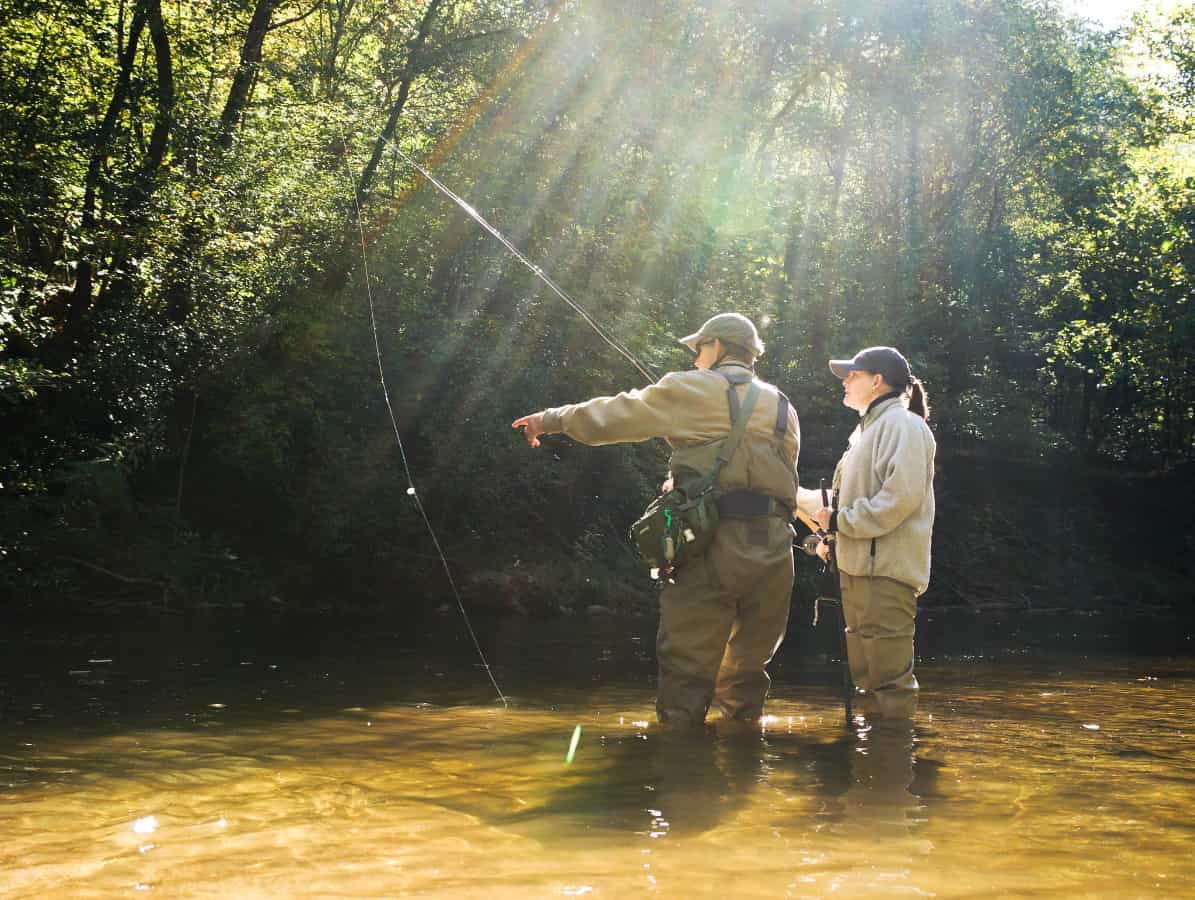Ask MidCurrent: Let’s Stop Using Vulgar and Violent Fly Names

Image by @wingedreel
Question: I was reading through a recent MidCurrent newsletter and noticed the “Hippie Stomper” pattern being featured. It got me thinking about other fly names that seem needlessly crude or carry negative social connotations. Isn’t it time our sport moved past these kinds of names? I can’t imagine they help make fly fishing more welcoming to newcomers. What’s MidCurrent’s take on this?
~ Todd
Answer: Thank you, Todd, for raising this important question. Somewhere out there, a grandfather sharing his love of fly tying with his grandchildren has to skip over pattern names he can’t comfortably say aloud. These awkward moments happen too often in a sport that should celebrate passing knowledge between generations.
The problem runs deep in our pattern books and catalogs. These names weren’t casual jokes that accidentally made their way into print—they were deliberately chosen and published. The “Hippie Stomper” in our recent newsletter—and its quiet acceptance in fly fishing culture—points to a larger issue we should have addressed long ago. When pattern names reference violence or contain crude language, it reveals how our sport has normalized exclusionary behavior under the guise of tradition.
To be clear, we’re not prudes. We’re not clutching pearls here. This isn’t about being “woke” or politically correct. It’s about considering the proper context for colorful language and promoting basic politeness—the same courtesy you’d show while sharing a run or letting another angler work a pool. These are the stream-side manners that have always marked the best components of fly fishing.
Beyond Tradition
Off-color fly names seem to be a departure from the sport’s roots. Early fly fishing pioneers like Dame Juliana Berners (1496) and Mary Orvis Marbury (1892) helped establish a tradition focused on craft and observation. Historical catalogs from Orvis, Hardy, and other houses used terms that honored creators, described designs, or celebrated waters.
The crude names emerged in the post-WWII era, particularly during the 1960s–80s, as fly fishing developed an intentionally masculine marketing identity. These types of fly names have gained even more traction in recent decades for various reasons—marketing pop and, frankly, we’re not sure what else. Some defend names like “Barely Legal” and “Two-Bit Hooker” or “Hippie Stomper” as tradition, but they’re not that old. And come on—would you really want to say those names in front of someone whose family lived through those experiences? Your mother-in-law? How about your young niece or nephew who wants to join you on the river? These names aren’t clever, they’re just awkward. They make parents stutter at the fly shop counter. They make beginners afraid to ask questions. They build walls in a sport that’s supposed to be about sharing water, knowledge, and the simple joy of fooling fish with fur and feathers.
It’s particularly hard on guides trying to teach clients, or shop staff helping families get into the sport. Nobody should have to stumble over a fly’s name while trying to explain how to fish it.
Shop Talk
Fly shops are figuring this out. Crude names don’t sell flies or bring in new customers. Nobody wants to feel uncomfortable buying fishing gear, and nobody should have to. Fly shops exist to sell products and dispense wisdom that help more people catch fish, not make them blush. Making everyone feel welcome isn’t some political statement—it’s just good sense. It’s the same reason we help newcomers with their knots or point out a good run to someone learning the water.
Some shops have started using straightforward names that tell you what the fly is and how to fish it. Turns out the trout don’t care what’s written on the bin label. A good pattern is a good pattern, whether it’s named for its creator or its color or the bug it imitates. And plenty of classic patterns have solid names that honor their creators or describe what they do. The “Adams,” “Royal Wulff,” and “Gold-Ribbed Hare’s Ear” have stuck around because their names actually mean something. They tell you something about the fly, its history, or how to fish it.
Moving Water
Fly fishing isn’t what it used to be, and that’s mostly good news. The sport keeps changing—graphite replaced bamboo, synthetic lines replaced silk, catch-and-release replaced creels of dead trout. Better pattern names are just part of that flow. Like most changes in fly fishing, it’s about respecting the water, the fish, and each other. Dropping the crude names is just basic courtesy, like not low-holing someone or helping land a fish when asked.
New patterns can honor the waters they fish best, the bugs they match, or the creative tiers who dreamed them up. Names that actually tell you something useful while making room for more folks in the sport. Think about the names that really stick. Most honor waters we love, anglers we respect, or moments worth remembering. The best patterns earn their place in our boxes because they catch fish, not because someone thought up a crude joke decades ago.
What matters isn’t what we call these bits of fur and feather. It’s those quiet moments on the water, and the people we share them with. Good manners just mean more folks get to enjoy those moments. And isn’t that the whole point? After all, the best fishing stories—like the best fly names—are the ones you can share with anyone.
Our recent newsletter featuring the “Hippie Stomper” shows how easily problematic names slip into accepted use. We can’t change past articles and pattern recipes, but we can—and will—do better. Starting now, we’re committed to using respectful pattern names in our content and working with contributors who share this goal. Fly fishing should welcome everyone to the water. That welcome starts with the words we use within our sport.











